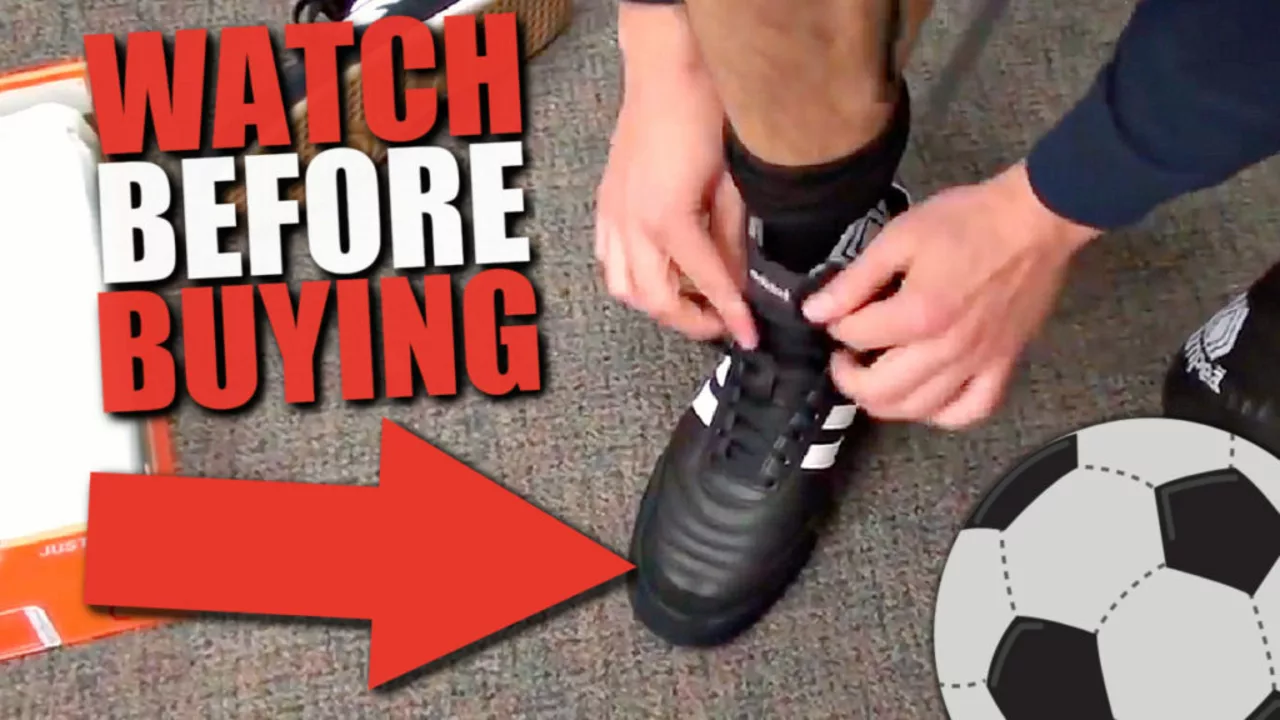Cleats: The Ultimate Guide for Soccer Players
When talking about cleats, specialized shoes with studs that give players grip on grass or turf. Also known as soccer shoes, they are the foundation of performance and injury prevention on the pitch. Traction patterns, the layout of studs on the sole that determines how well you stick to different surfaces work hand‑in‑hand with the synthetic materials, lightweight polymers and leather blends that affect weight, durability and feel. Finally, the foot anatomy, the shape of the arch, toe spread and ankle mobility that dictate the best fit decides which cleat style will feel natural. In short, cleats encompass grip, comfort, and safety, and they require the right combination of stud configuration, material choice, and foot fit.
How Each Piece Shapes Your Game
First, traction patterns are not one‑size‑fits‑all. Firm ground (FG) studs are spaced to dig into natural grass, while artificial turf (AG) plates spread pressure on synthetic surfaces. Multi‑ground (MG) designs try to cover both, but they sacrifice the extreme grip you get from dedicated patterns. This means the predicate “Cleats require traction patterns” directly influences how stable you feel during quick changes of direction. Second, the synthetic materials used in the upper affect weight and ball control. Modern knit uppers flex with the foot, while traditional leather molds to your shape over time. The triple “Synthetic materials enable lighter cleats” explains why many pros switch to low‑profile knits during tournament play. Third, understanding your foot anatomy helps you avoid common injuries. A high arch benefits from a cushioned mid‑sole, whereas a flat foot needs broader studs for even pressure distribution. The relationship “Foot anatomy influences cleat selection” is why you’ll see wide‑fit models for players with broader feet. By aligning these three entities, you can pick shoes that boost speed, reduce slipping and keep your joints happy.
Our collection below pulls together everything from beginner guides on how to choose the right pair, to deep dives on stud geometry for advanced players, and even video tips on breaking in new shoes. Whether you’re playing on a muddy field, a dry pitch, or indoor turf, you’ll find articles that explain the exact gear you need, how to care for it, and what mistakes to avoid. Ready to see the full lineup? Keep scrolling to explore the posts that will sharpen your footwork, protect your ankles, and let you focus on scoring goals.
- By Colton Westwood
- /
- 31 Mar 2023
How should soccer cleats fit?
Soccer cleats should fit snugly, not too tight and not too loose. The cleats should fit like a glove and wrap around the entire foot, supporting the arch, heel and toes. The heel should fit snugly and not slide up and down, while the toe area should be slightly roomy to allow for natural toe splay. The lacing should be tightened to the point of snugness without restricting circulation or movement. Finally, the cleats should be comfortable to wear for long periods of time, as soccer games can last for up to 90 minutes.

